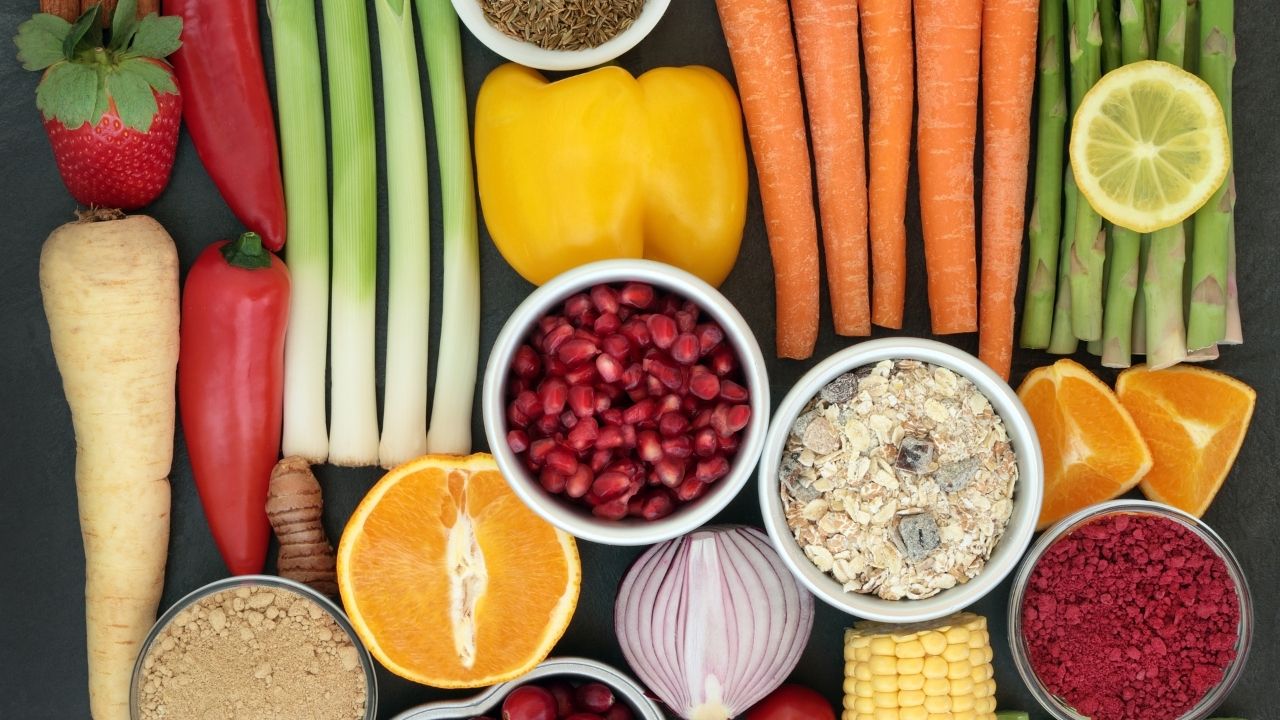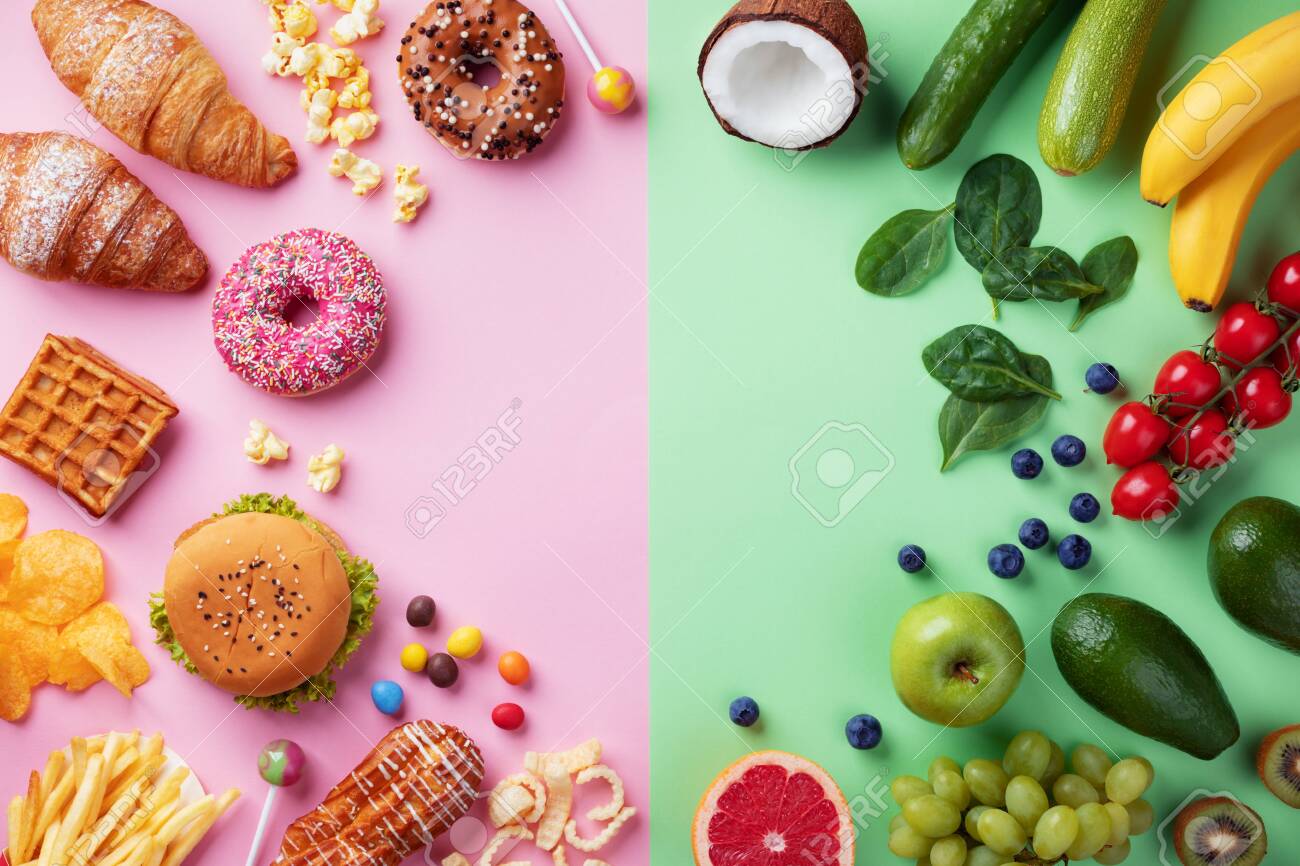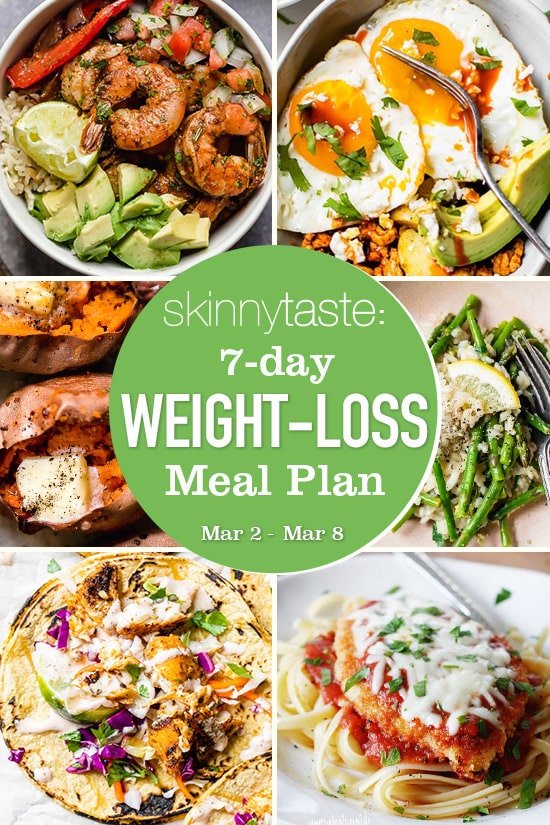
While healthy eating is not inexpensive, there are many ways you can make it cheaper for your family. Here are some suggestions for a more balanced diet on a budget. You can still eat some fish and meat, but not enough to be considered a balanced diet. Fresh fruits and vegetables are also available. Fresh fruits and vegetables will often be more expensive, especially if not in season. Try to get a five-ounce serving.
Many people believe healthy food is too expensive. You can eat rice and beans for less than 89 cents, organic produce for around $1.10 a pound, and a big mac meal at McDonald's for less than $5.99. Even better, you can save money by buying carrots rather than chips. They are also high in nutrition and fill you up.

You should also try to buy foods in bulk. If you buy a case of food, you will get a discounted price at the local health food shops or co-ops. Some items can be discounted up to 30%. Foods with high-quality nutrition are well worth the money. There are many options to save money while eating healthily. First, avoid eating unhealthy foods. This is usually cheaper than buying them. The convenience factor is also important.
Cost of food is one major cost to eating healthily. There are many fruits and vegetables that you can buy, but they are usually expensive. A variety of vegetables and fruits can be a great way for you to reduce your food cost while staying healthy. Healthy eating habits will lead to better health and less chance of developing chronic diseases. You can eat organic food if you are trying to eat healthy but don't want to spend too much. Even better, you could eat as much of what you can.
Eat healthy fruits and veggies is another key to eating well. You can eat a lot of fruits and vegetables in one day, but it will cost you a lot more to buy them when they are in season. You can, however, choose to eat them whenever they are available. This will help reduce the amount you eat.

You can also eat fruits and vegetables. Fruits and vegetables are essential for your health. These foods are inexpensive. Many people struggle to afford healthy food. The price is a major concern for most people. They consider fruits and vegetables to be expensive, but they are not cheap. This is why they consume more fruits and veggies. These fruits and vegetables can be consumed as often as you want.
FAQ
Are there any side effects of intermittent fasting?
Intermittent fasting doesn't have any known side effect. If you don't plan well, you may experience minor issues.
If you skip breakfast, your day might be interrupted by irritability. Other symptoms include headaches, dizziness and fatigue as well as muscle cramps.
These symptoms often disappear within a few hours.
What level of exercise is required to lose weight?
There are many factors that influence the amount of exercise required to lose weight. These include your gender, age, body type and how heavy you are. Most people need to exercise at least 30 minutes five days a weeks.
The American College of Sports Medicine recommends 150-minutes of moderately intense aerobic activity every week. It should be spread over three separate days.
For example, if you want to lose 10 pounds, aim to do 300 minutes of moderate-intensity exercise each week. This includes activities such as brisk walking, swimming laps, biking, dancing, playing tennis, golfing, hiking, jogging, running, and other similar activities.
You can start out by doing 20 minutes of intense activity three times a week. That could include activities like lifting weights, sprints, jumping rope, or fast walking.
Aerobic exercise is a great way to burn calories and build muscle mass. Muscles can burn more calories that fat. So building muscle while losing weight may help you achieve your goal faster.
How do I create an exercise routine?
It is important to establish a routine. You must know what you will do each and every day, as well as how long it will take. This will help you plan ahead and prevent procrastination.
The second thing is to ensure that you have plenty of variety in your workout. You don't want your exercise to be monotonous.
It is important to track your progress. It's crucial to track your weight changes over time.
If you lose weight and then gain more weight, it is easy to lose your motivation. On the other hand, if you gain too much weight, it becomes harder to stay motivated.
It is important to find the right balance between weight gain or weight loss. If you are unhappy about where you are, it will make you less likely to exercise.
Can I eat the fruits of my intermittent fasting diet?
Fruits are great for your health. They are rich in vitamins, minerals and fiber. However, they do contain sugar which can cause blood glucose levels spike. This can lead to insulin resistance, weight gain, and even diabetes. If you are looking to lose weight through an IF diet you need to choose low glycemic-index fruits such as oranges, pears, berries and melons.
What foods help me lose more weight?
You can lose weight more quickly by eating fewer calories. There are two ways to do this:
-
Reduce the number of calories you take in daily.
-
You can burn more calories through exercise.
It is easy to reduce calories. There are calorie-laden fast food options all around us. Here's a list to help you shed those extra kilos.
-
Beans are high on fiber and protein. They are low in calories, so they're a good choice for people who want to lower their caloric intake.
-
Oatmeal contains low calories and high amounts of nutrients like magnesium, potassium, and other nutrients. Oatmeal is lower in sugar than other cereals.
-
Eggs are high on cholesterol and protein. Eating eggs once or twice a week can boost your metabolism, helping you burn more calories throughout the day.
-
Whole grain bread is known to decrease hunger pangs and make you feel fuller for longer periods of time.
-
Dark chocolate is loaded with antioxidants and flavonoids, substances that have been linked to lower blood pressure and improved heart health.
-
Cottage cheese is rich in calcium which aids in bone strength. It also provides a good source of vitamin D, which boosts immunity.
-
Omega-3 fatty Acids are a key component of salmon. They promote brain development, and improve cardiovascular function.
-
Green tea is rich in catechins, compounds which fight cancer and increase metabolism.
-
Broccoli is a great source of folic acid, which reduces homocysteine levels in the blood. Homocysteine concentrations that are too high have been linked with an increased risk for heart disease and stroke.
-
Yogurt is a great way to add probiotics into your diet without loading up on added sugars. Probiotics are vital for good digestive health.
-
Berries are delicious and nutritious snacks. There are many great sources of vitamins, minerals in blueberries, strawberries, blackberries and raspberries.
-
Avocados are packed with healthy fats. A half avocado contains 80 calories and plenty of fiber.
-
Nuts are delicious snacks that also provide a lot of protein. Almonds, cashews, hazelnuts, pecans, walnuts, and pistachios are all great choices.
-
Sweet potatoes are another starchy vegetables that are high in beta carotene. They make your skin glow. The orange variety is particularly beneficial because they contain higher amounts of beta carotene than regular sweet potatoes.
Statistics
- According to Harvard Health, it's estimated that a 155-pound (70-kg) person burns around 167 calories per 30 minutes of walking at a moderate pace of 4 mph (6.4 km/h) (5). (healthline.com)
- Another study found that 24 weeks of weight training led to a 9% increase in metabolic rate among men, which equated to burning approximately 140 more calories per day. (healthline.com)
- According to a study sponsored by the American Council on Exercise, a person weighing around 140 pounds (64 kg) would burn 108 calories at a 30-minute beginner's Pilates class or 168 calories at an advanced class of the same duration (26). (healthline.com)
- It's estimated that half of all American adults attempt to lose weight every year (1Trusted (healthline.com)
External Links
How To
How can you lose belly fat quickly?
You must know that losing belly fat is not easy. It takes effort and dedication. However, these tips will ensure you see results.
-
Healthy Food It is vital to eat healthy food. You should eat fruits, vegetables, whole grain, lean protein, nuts, seeds and legumes as well as fish, poultry and eggs. Avoid junk food.
-
Drink Water. Drinking water helps keep your body hydrated. This will make you feel fuller and more satisfied for longer periods. Keep hydrated every day.
-
Cardio Exercises. Cardio exercises help you burn more calories and build muscle mass. They also improve your heart health and boost metabolism. Try to do 30 minutes of cardio exercise daily.
-
Get enough sleep. Sleep is crucial for maintaining good health. Lack of sleep causes stress and anxiety, which leads to unhealthy habits like overeating and smoking.
-
Reduce Stress. Stress can affect our brain chemistry. Cortisol is a hormone our bodies make when we feel stressed. It increases hunger pangs.
-
Regular breaks are important. Take regular breaks throughout the day. Go outside and walk around or take a short nap. Doing so will give your mind and body the time they need to unwind and recover.
-
Avoid Alcohol Consumption. Alcohol can cause empty calories and slow down digestion. Drinking alcohol is not a good option if you want to lose weight.
-
Have fun!